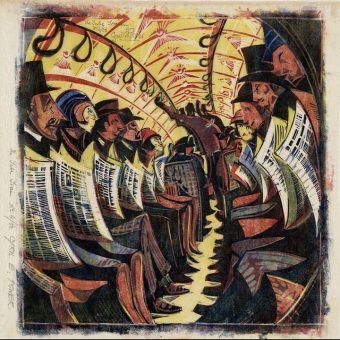“There is no route out of the maze. The maze shifts as you move through it, because it is alive.”
– Philip K. Dick, VALIS

William H. Matthews leads us through his 1922 book Mazes and Labyrinths from his home in Ruislip in the English county of Middlesex. Compiled shortly after his return from fighting on the trenches of World War 1, the books takes us from the ancient water and stone mazes of Egypt and Crete through the Middle Ages, when nearly 25% of cathedrals had a labyrinth in their grounds. to the then fashion for mazes made from hedges.
This illustrated history of mazes was spawned by a question posed by Matthews’ young daughter, Zelda – “Father, who made mazes first of all?” – and fed by his having seen a destroyed church maze on the Arras Front. As he writes, her question “formed the nucleus of the inquiries resulting in the following little essay”.
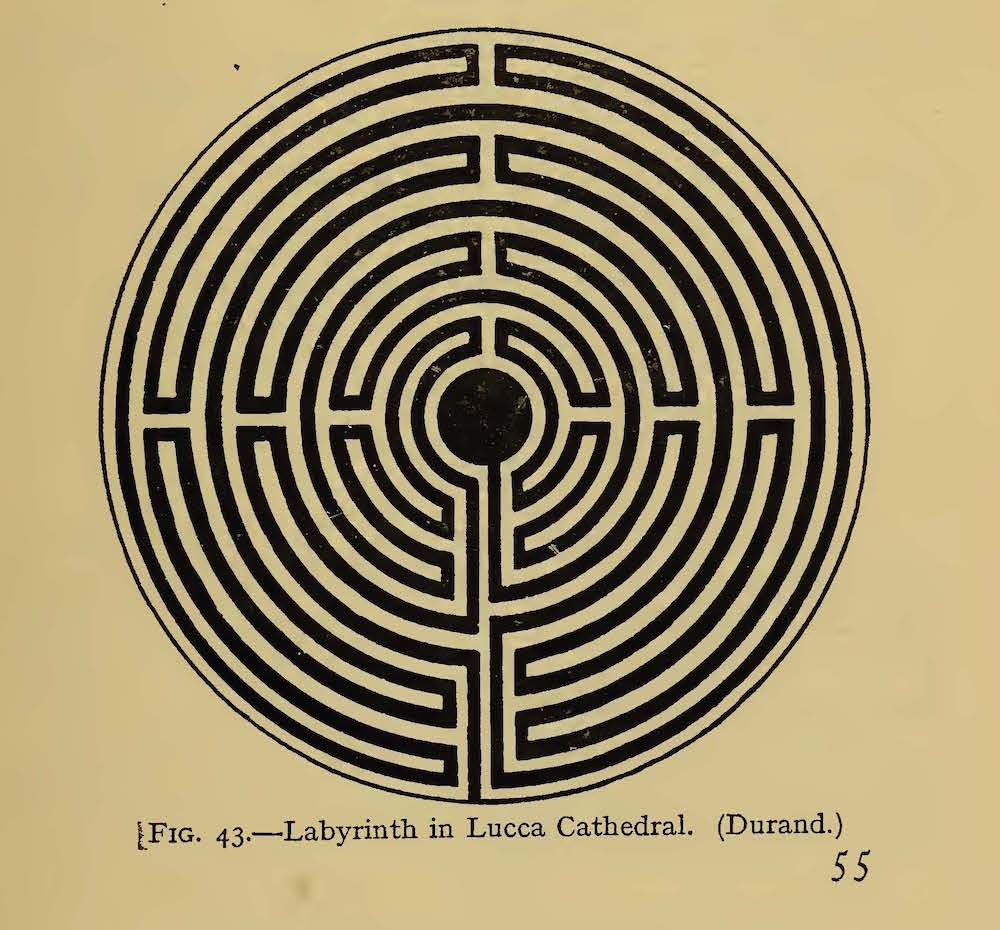
There is, says Matthews, a “delightful air of romance and mystery” that “surrounds Mazes and Labyrinths”, And of course he’s right. We might know what lies in the centre of a maze, but we can never be certain until we reach it. Each footstep is laced with a touch of fear and the thrill of finding something unexpected at journey’s end.
So the labyrinth is a puzzle for us to fathom, a detour from the everyday to and fro that takes both mental and physical agility to navigate. It’s a detour from the straight and narrow that challenges us to embark on a quest.
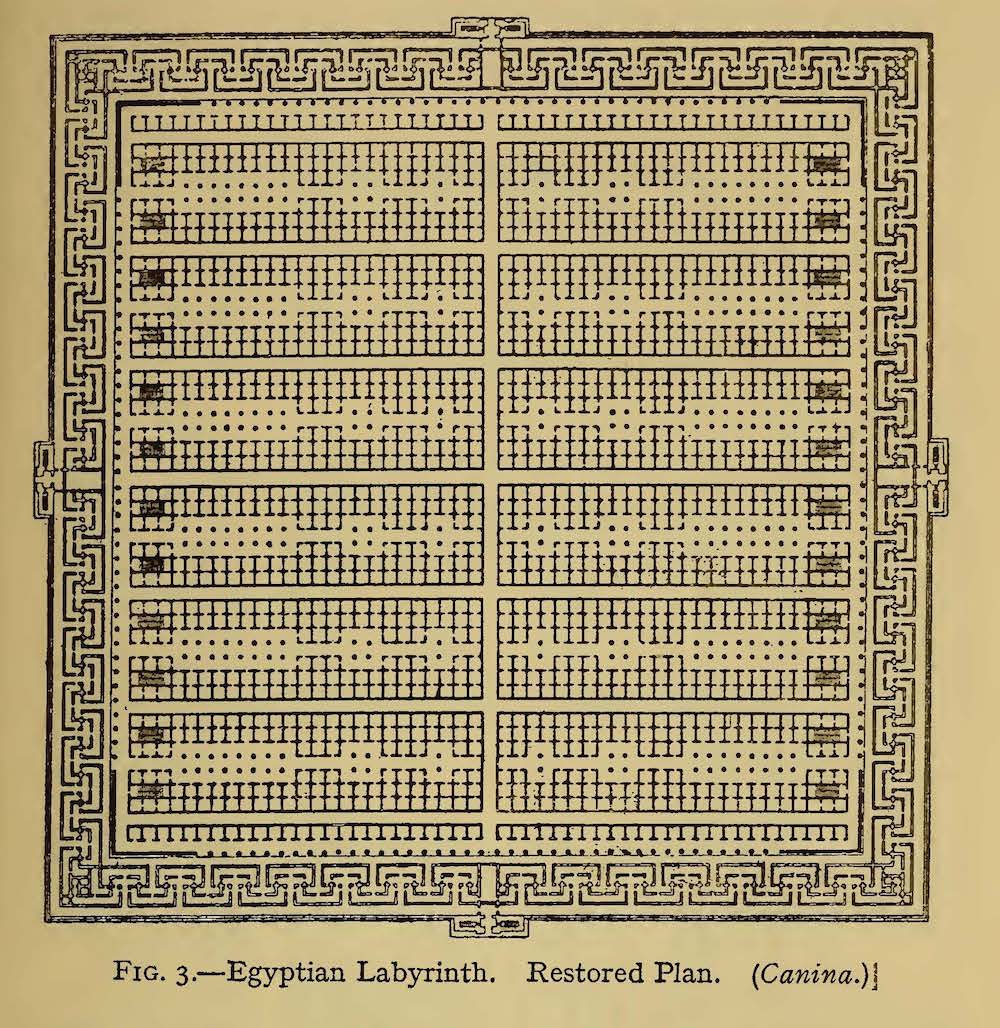
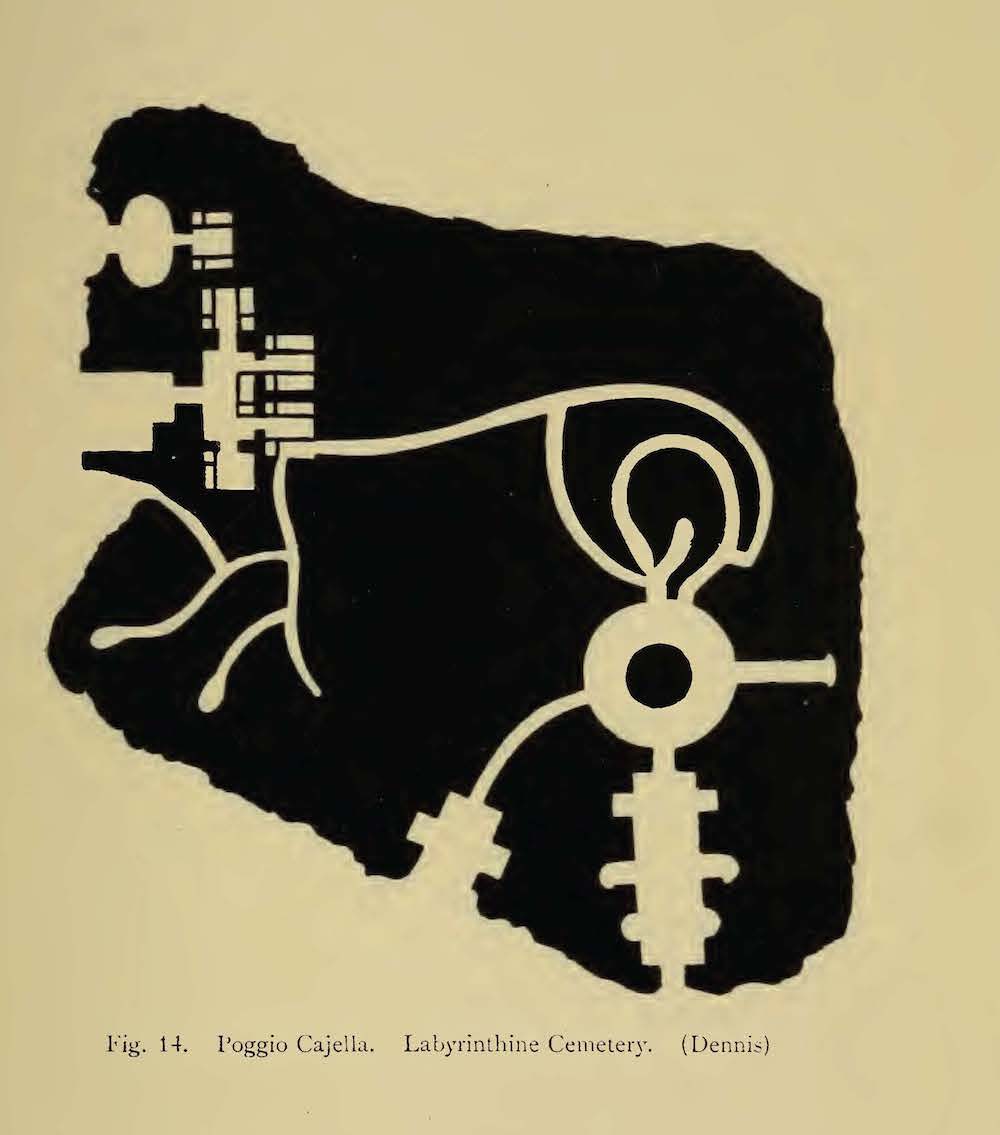
The difference between mazes and labyrinths is that labyrinths have a single continuous path which leads to the centre, and as long as you keep going forward, you will get there eventually. Mazes have multiple paths which branch off and will not necessarily lead to the centre.
In a maze, you can get lost, but in a labyrinth, you can’t. Mazes arguably derived from labyrinths, slowly evolving into more elaborate forms featuring multiple (branching) paths, and then to having dead ends, and even, in some cases, traps.
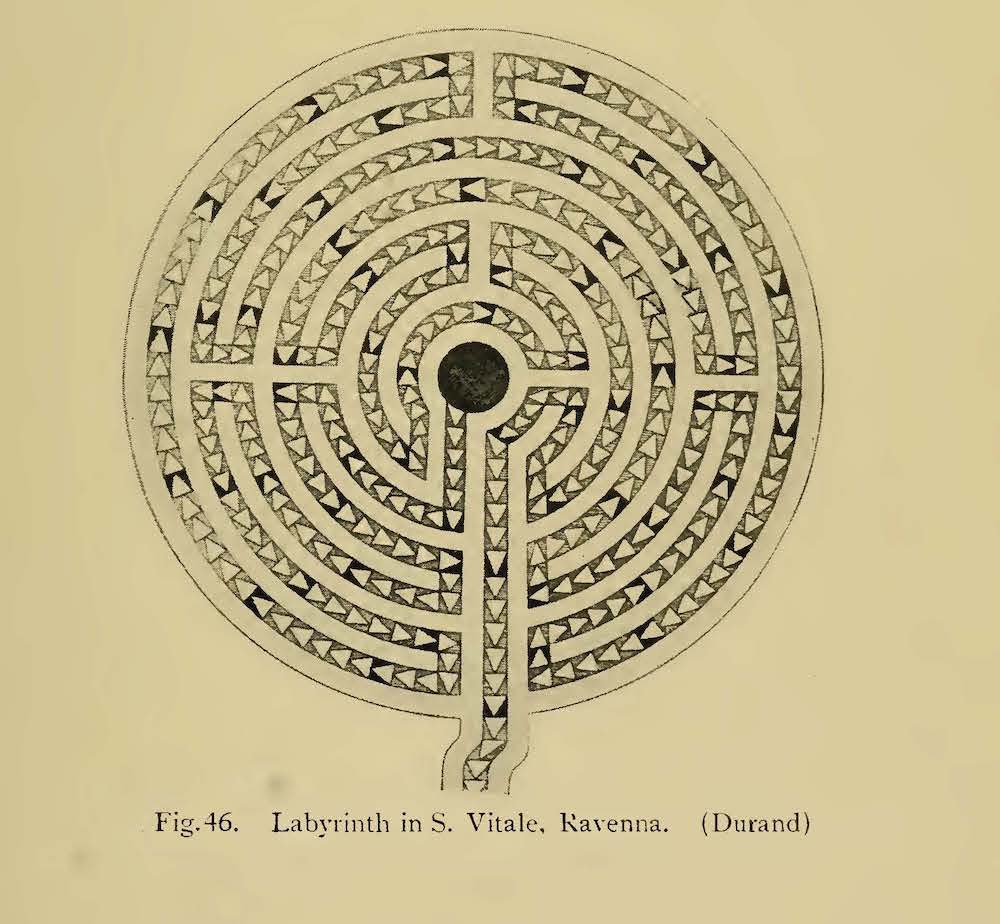
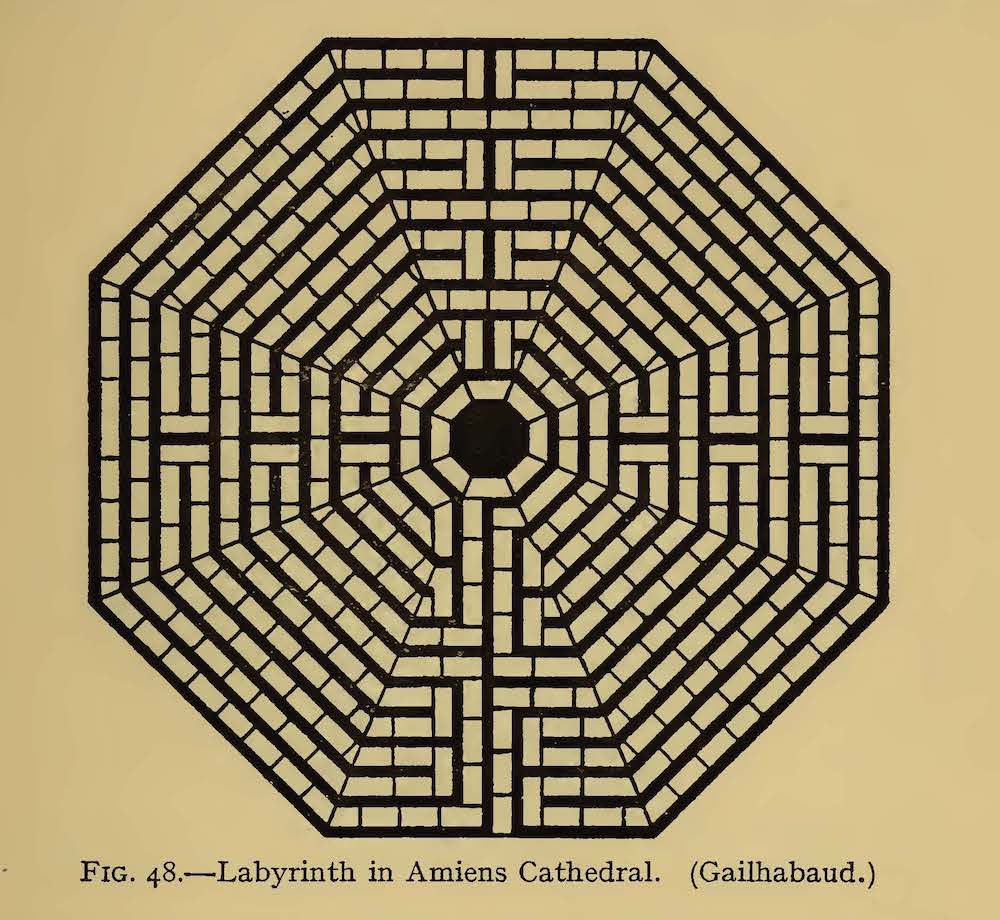
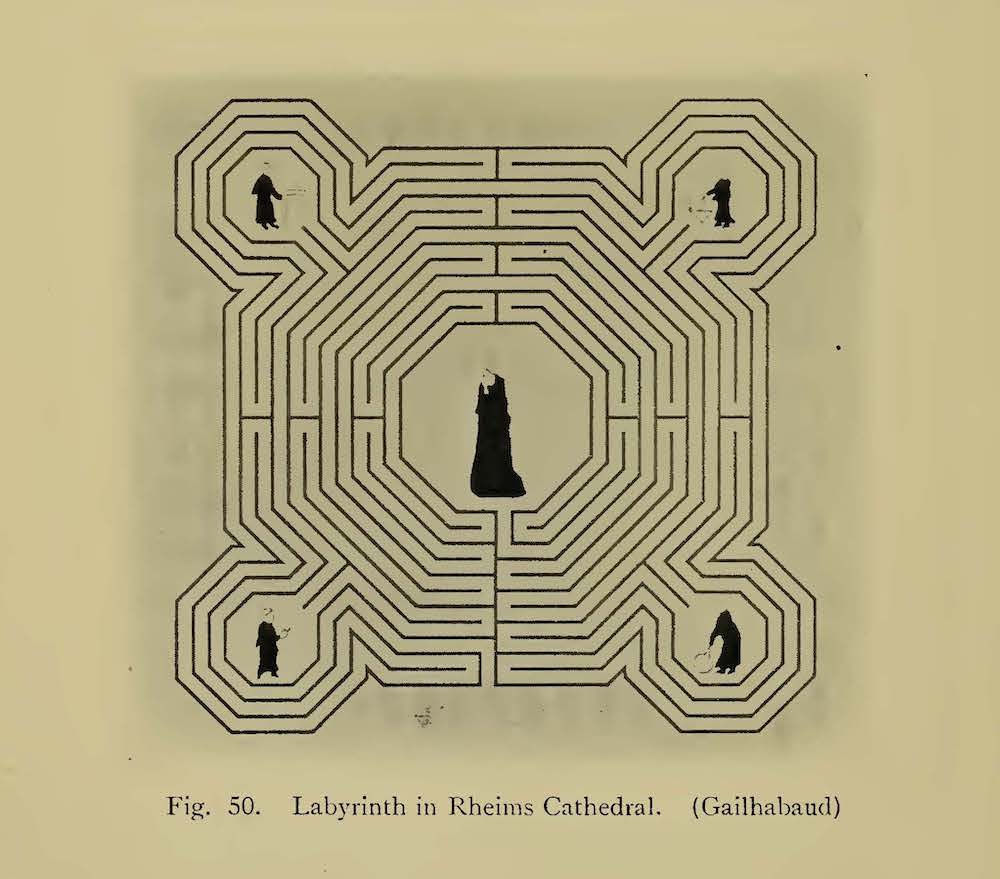
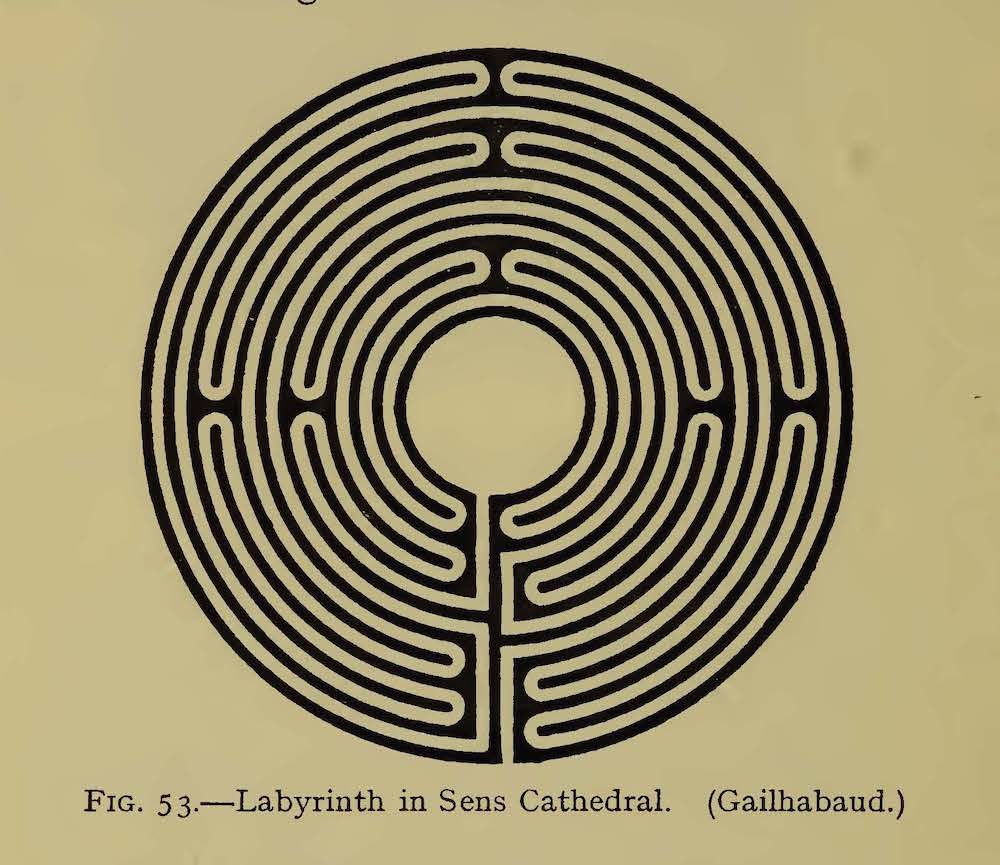
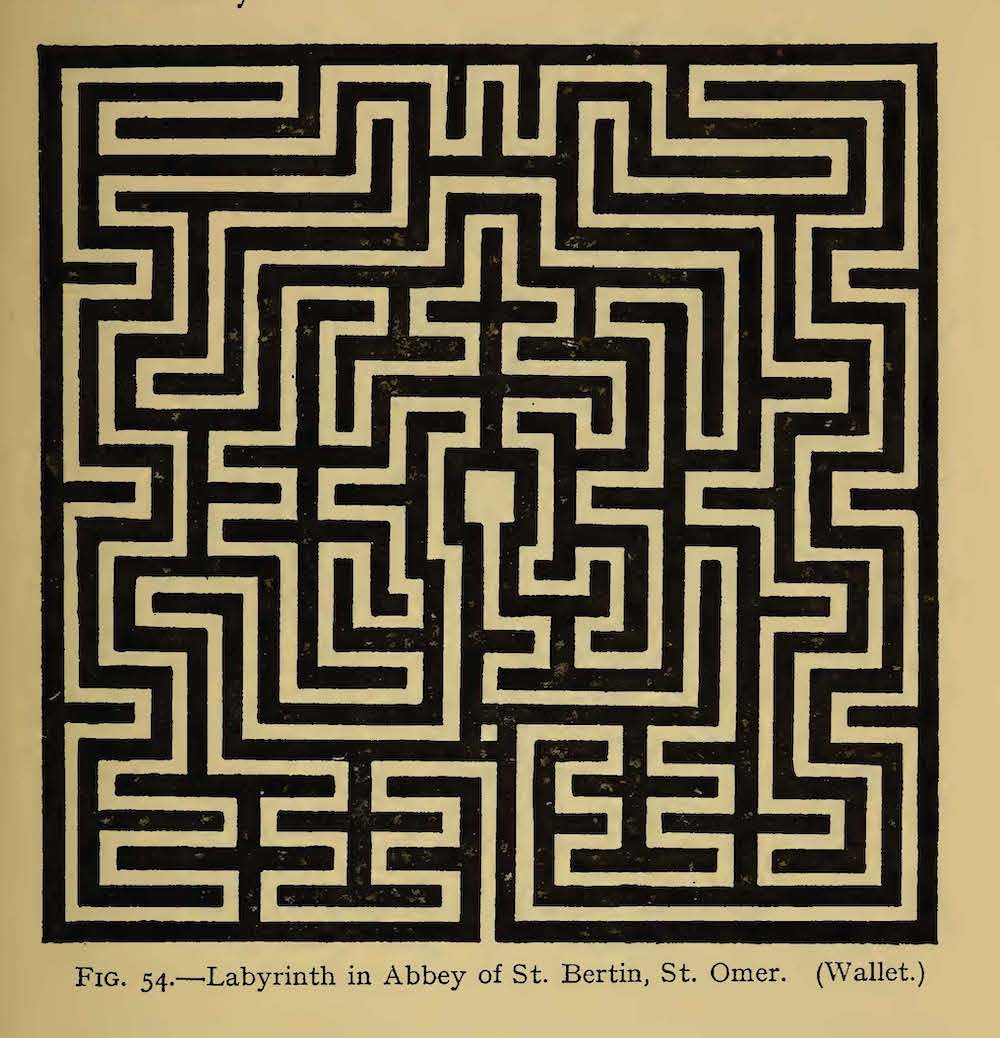
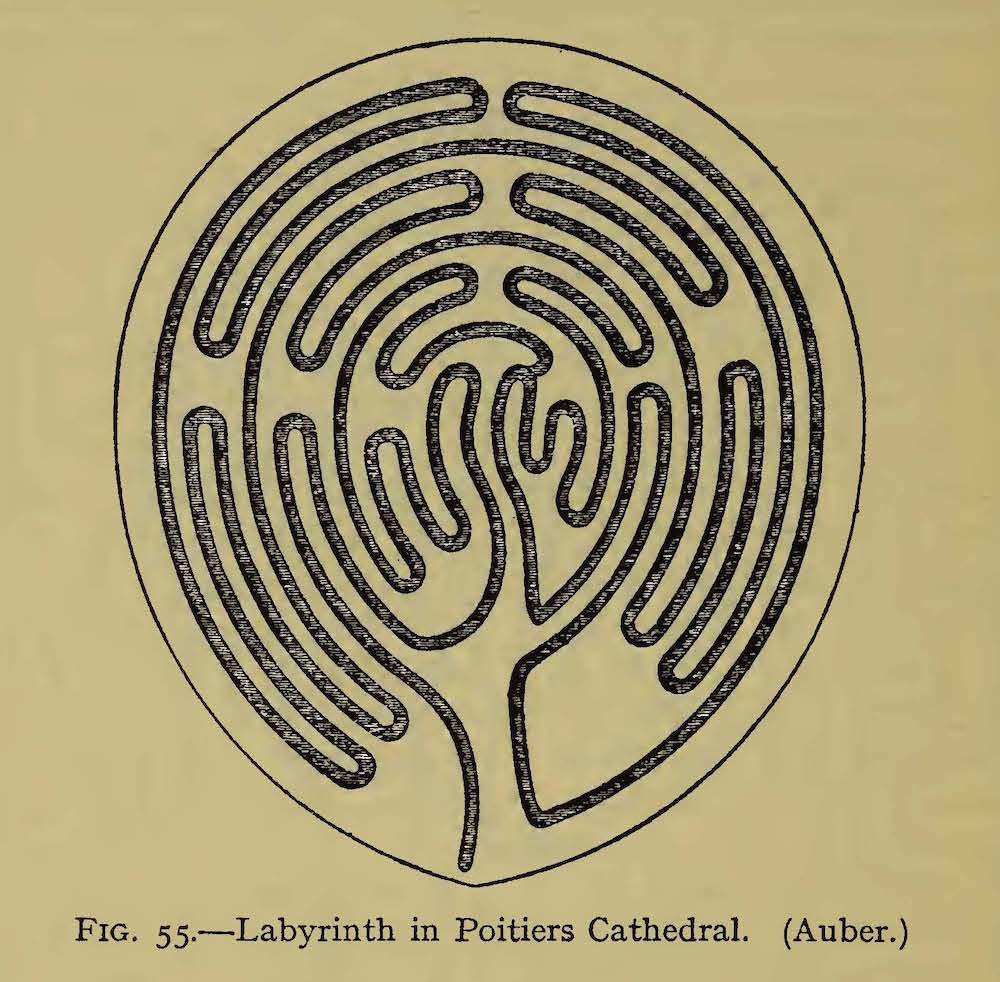
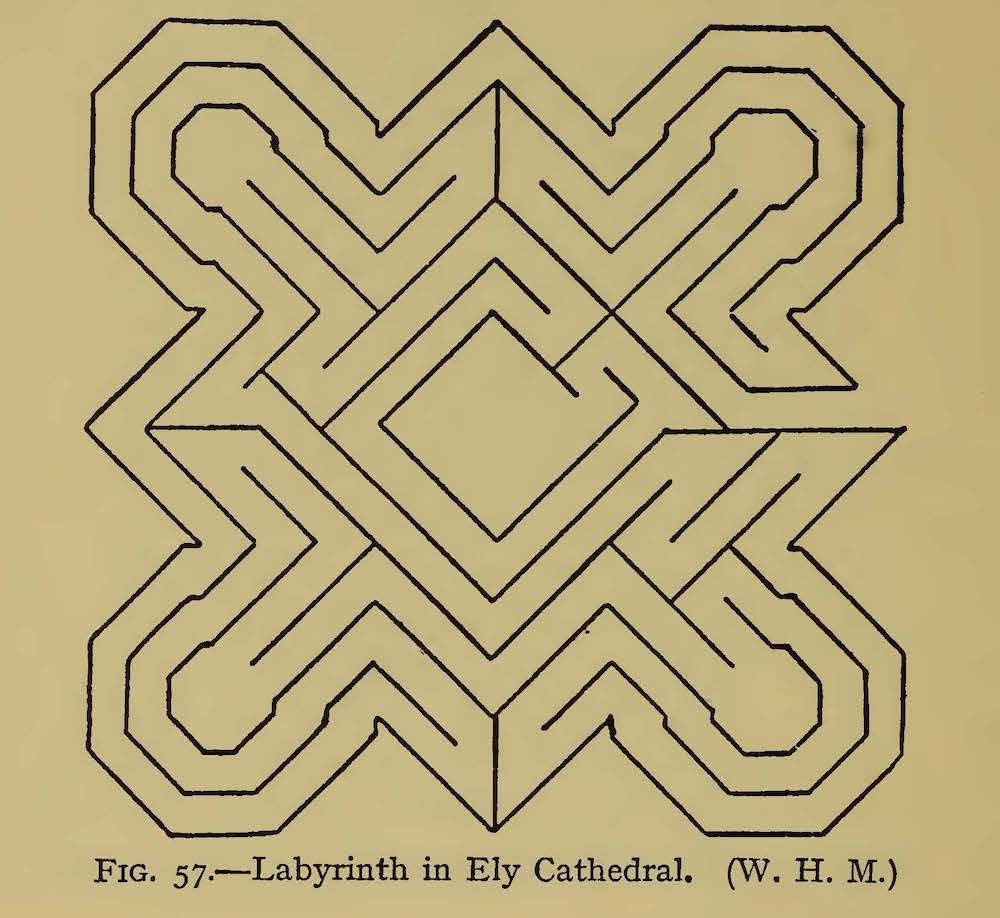
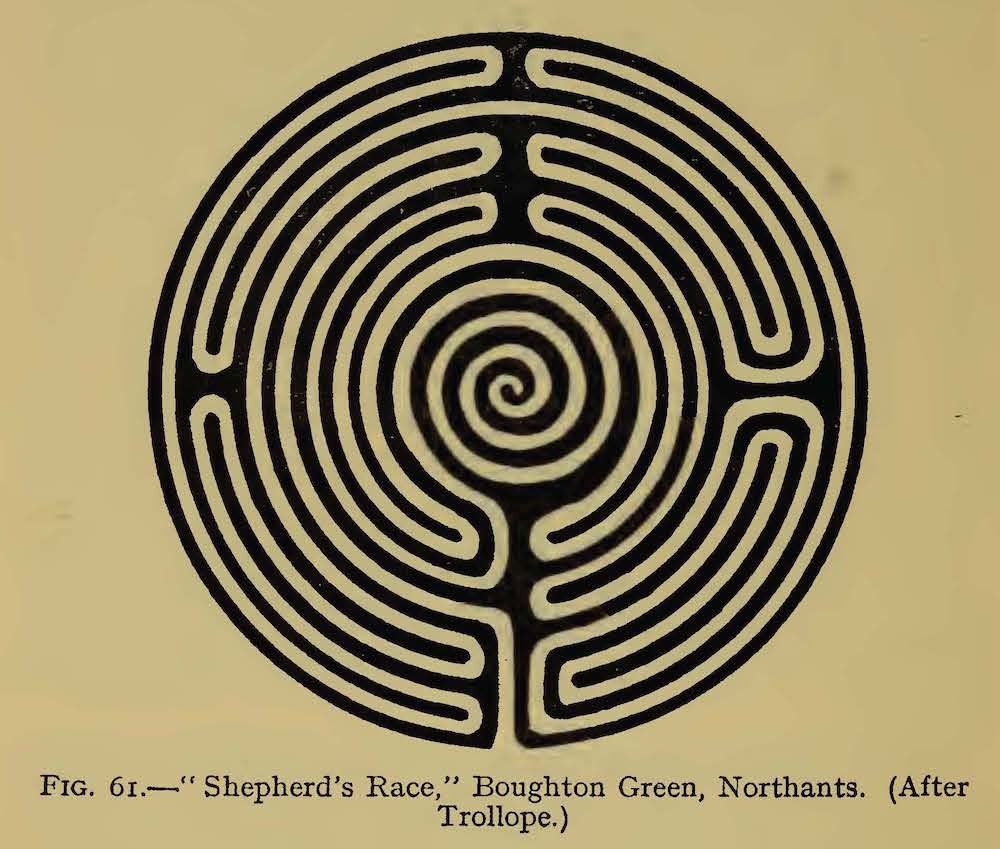
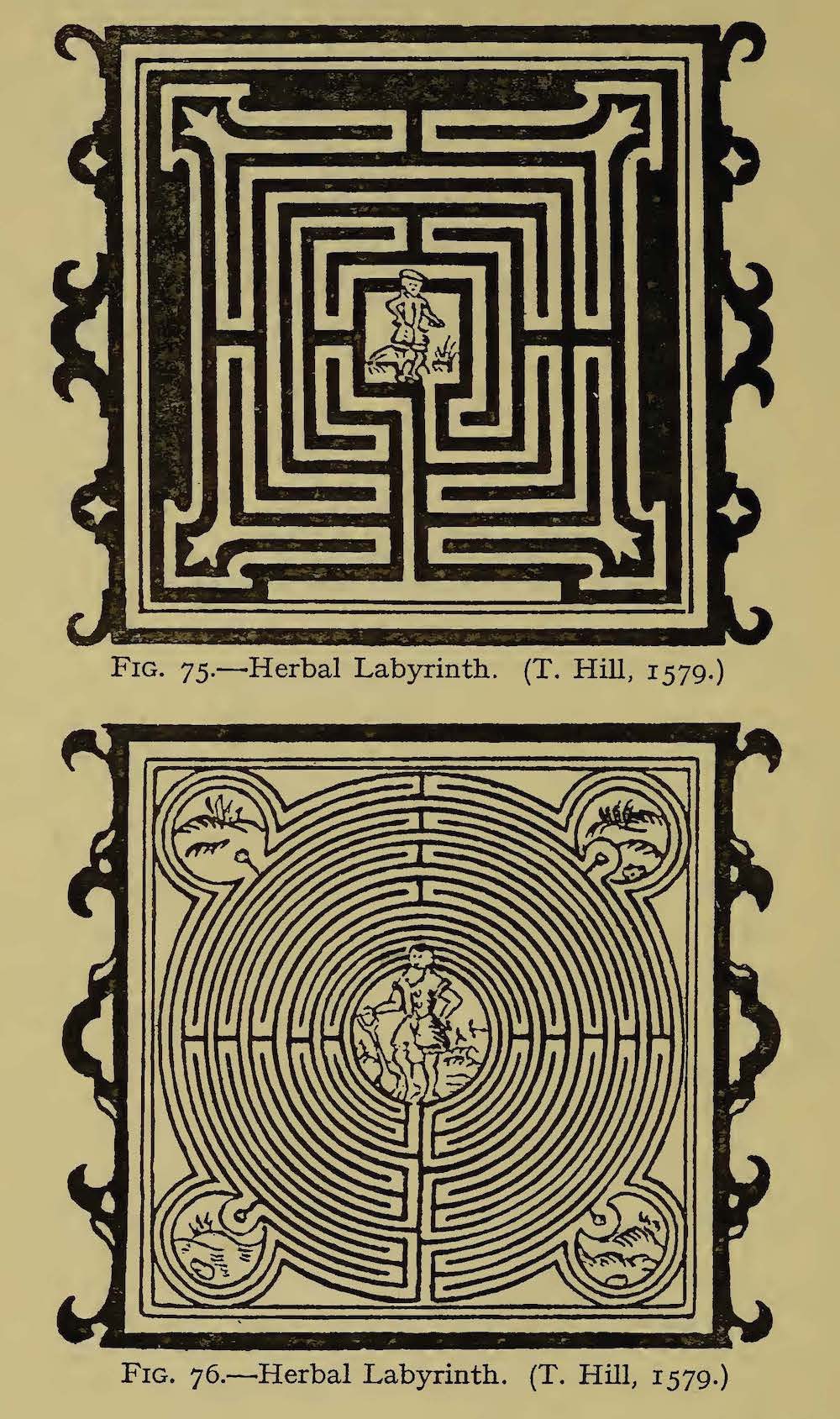
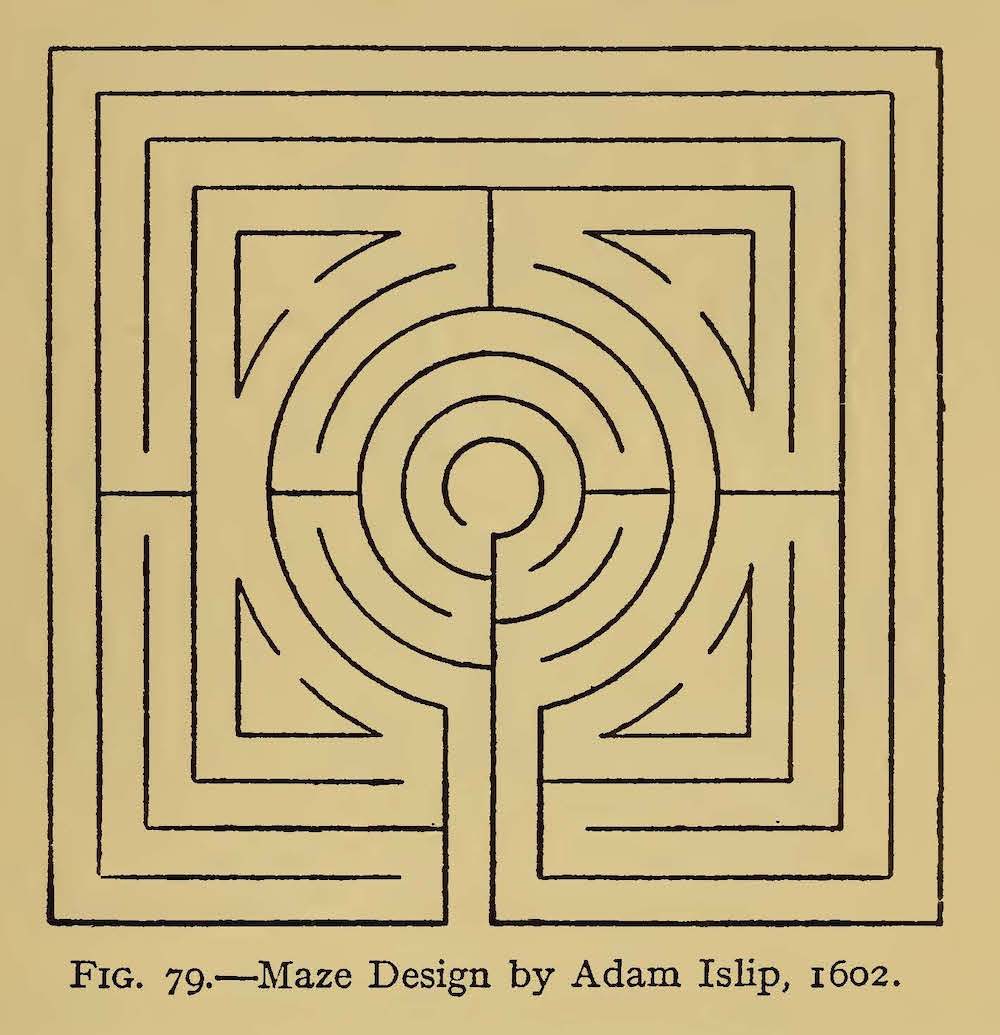
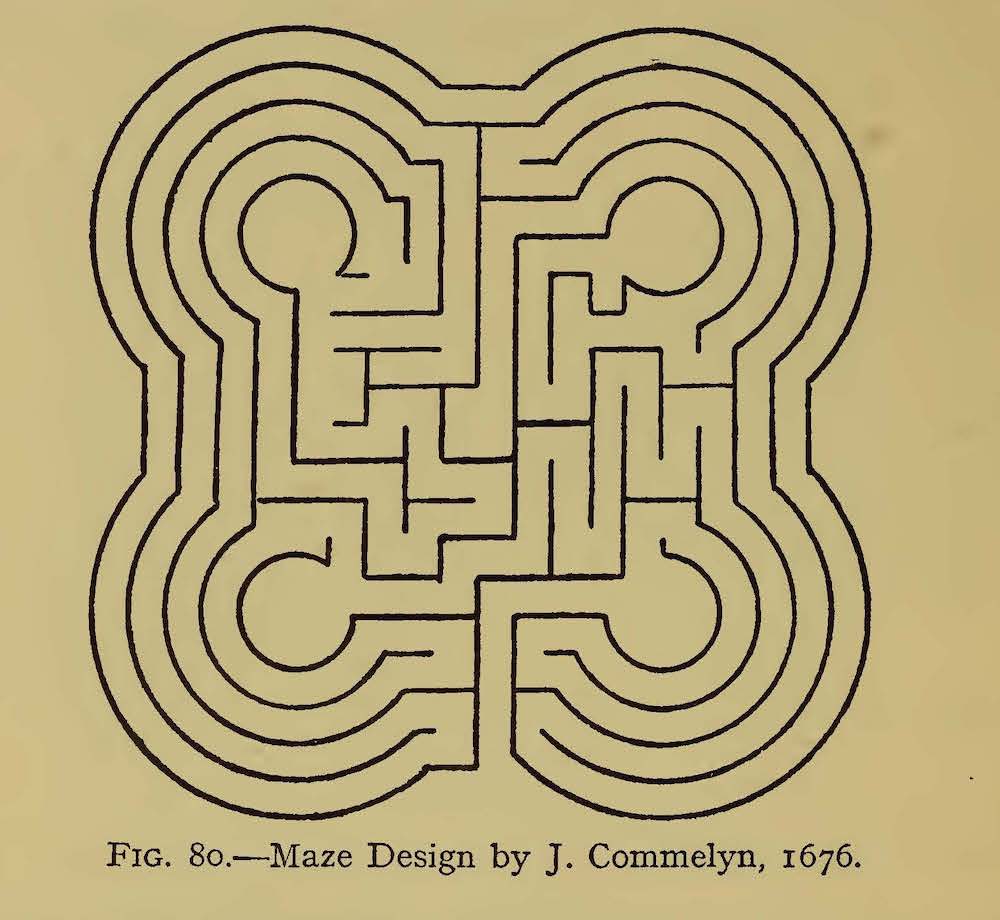
Would you like to support Flashbak?
Please consider making a donation to our site. We don't want to rely on ads to bring you the best of visual culture. You can also support us by signing up to our Mailing List. And you can also follow us on Facebook, Instagram and Twitter. For great art and culture delivered to your door, visit our shop.





